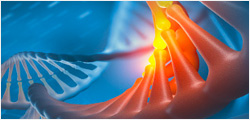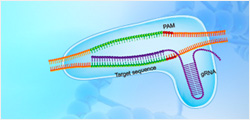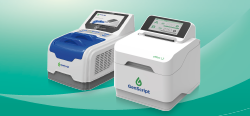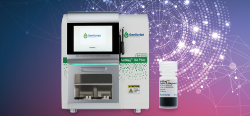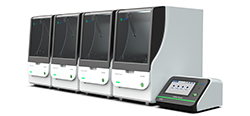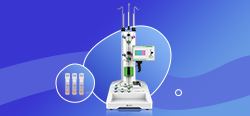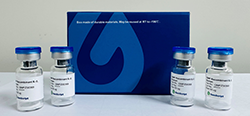| Specificity |
The product is specific for human OX40 (UniProt Accession: P43489). This antibody binds human OX40 recombinant protein and cell surface-expressing OX40. It also enhance the OX40-OX40 ligand signaling in cell based functional assay. |
| Host Species |
Mouse |
| Immunogen |
Recombinant human OX40-His (Sino Biological, 10481-H08H) |
| Conjugate |
Unconjugated |
|
Working concentrations for specific applications should be determined by the investigators. The appropriate concentrations may be affected by secondary antibody affinity, antigen concentration, the sensitivity of the method of detection, temperature, the length of the incubations, and other factors. The suitability of this antibody for applications other than those listed below has not been determined. The following concentration ranges are recommended starting points for this product. |
| Application |
Recommended Usage |
| ELISA |
0.01-0.1 µg/ml |
| Competitive ELISA |
10-50 µg/ml |
| Flow Cytometry |
2-10 µg/ml |
|
| Form |
Lyophilized |
| Storage Buffer |
lyophilized with PBS, pH 7.4, containing 0.02% sodium azide. |
| Reconstitution |
Reconstitute the lyophilized powder with deionized water (or equivalent) to an final concentration of 0.5 mg/mL. |
| Storage Instructions |
The lyophilized product remains stable up to 1 year at -20 °C from date of receipt. Upon reconstitution, it can be stored for 2-3 weeks at 2-8 °C or for up to 12 months at -20 °C or below. Avoid repeated freezing and thawing cycles. |
| Purification |
Protein A affinity column |
| Isotype |
Mouse IgG2b,κ |
| Clonality |
Monoclonal |
| Clone ID |
OX.A10 |
| Target Background |
OX40 (CD134; TNFRSF4) is a T cell co-stimulatory molecule of the TNF receptor superfamily that coordinates with other co-stimulators (CD28, CD40, CD30, CD27 and 4-1BB) to manage the activation of the immune response. OX40 is up-regulated on CD4+ and CD8+ T cells upon engagement of the TCR by antigen presenting cells along with co-stimulation by CD40-CD40 Ligand and CD28-B7. OX40 Ligand is primarily expressed on antigen presenting cells. OX40 Ligand engagement of OX40 on activated CD4+ T cells results in increased T cell survival, proliferation, and cytokine production. It also inhibits the conversion of effector T cells into immunosuppressive regulatory T cells (Tregs) and can promote the maintenance of and recall response in memory T cells. OX40 is constitutively expressed on Tregs and enhances the sensitivity of Tregs to IL-2, thus promoting Treg proliferation. OX40 has also been shown to decrease the cells’ immunosuppressive activity on effector T cells. OX40-OX40 Ligand signaling is involved in allergic airway inflammation, graft-versus-host disease and autoimmune disease. Mutations in OX40 and OX40 Ligand are associated with cardiovascular disease.GenScript Human OX40 Antibody (OX.A10), mAb, Mouse is produced from a hybridoma resulting from the fusion of SP2/0 myeloma and B-lymphocytes obtained from a mouse immunized with recombinant human OX40-His (Sino Biological, 10481-H08H). |
| Synonyms |
Mouse monoclonal to ACT35/CD134/IMD16/TXGP1L/TNF Receptor Superfamily Member 4;TAX Transcriptionally-Activated Glycoprotein 1 Receptor/OX40L Receptor/Tax-Transcriptionally Activated Glycoprotein 1 Receptor/Tumor Necrosis Factor Receptor Superfamily, Membe |
For laboratory research use only. Direct human use, including taking orally and injection and clinical use are forbidden.


